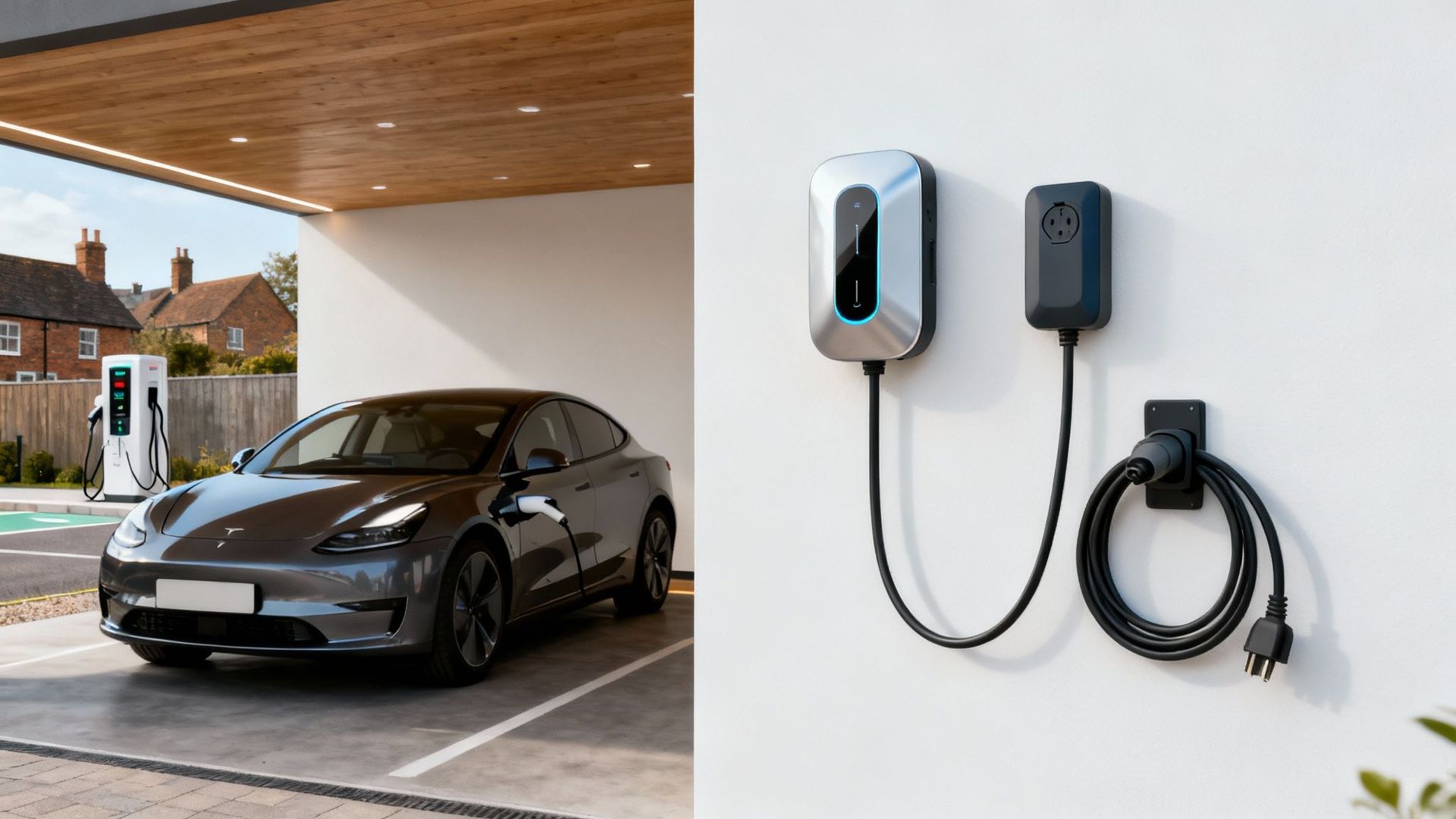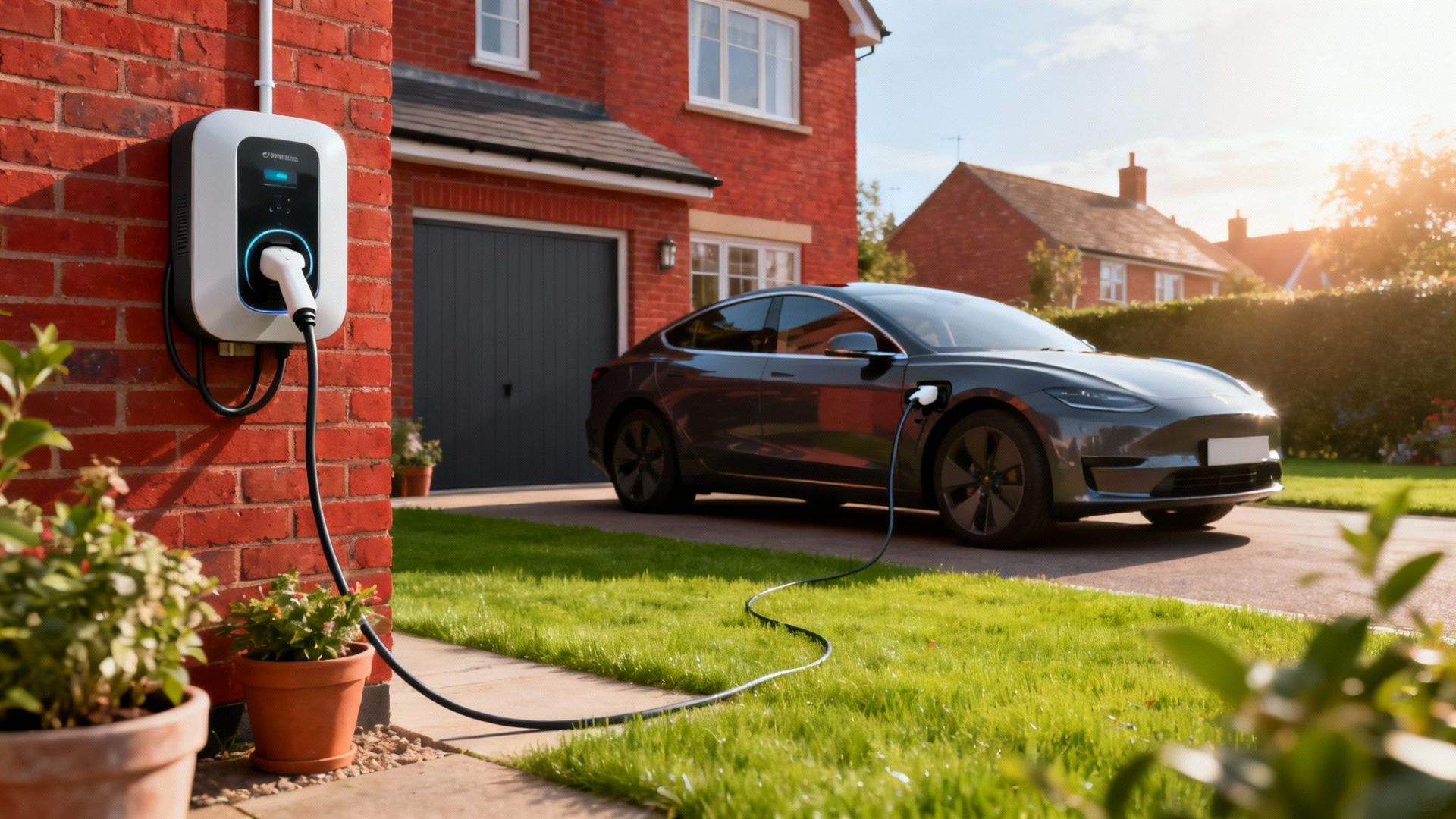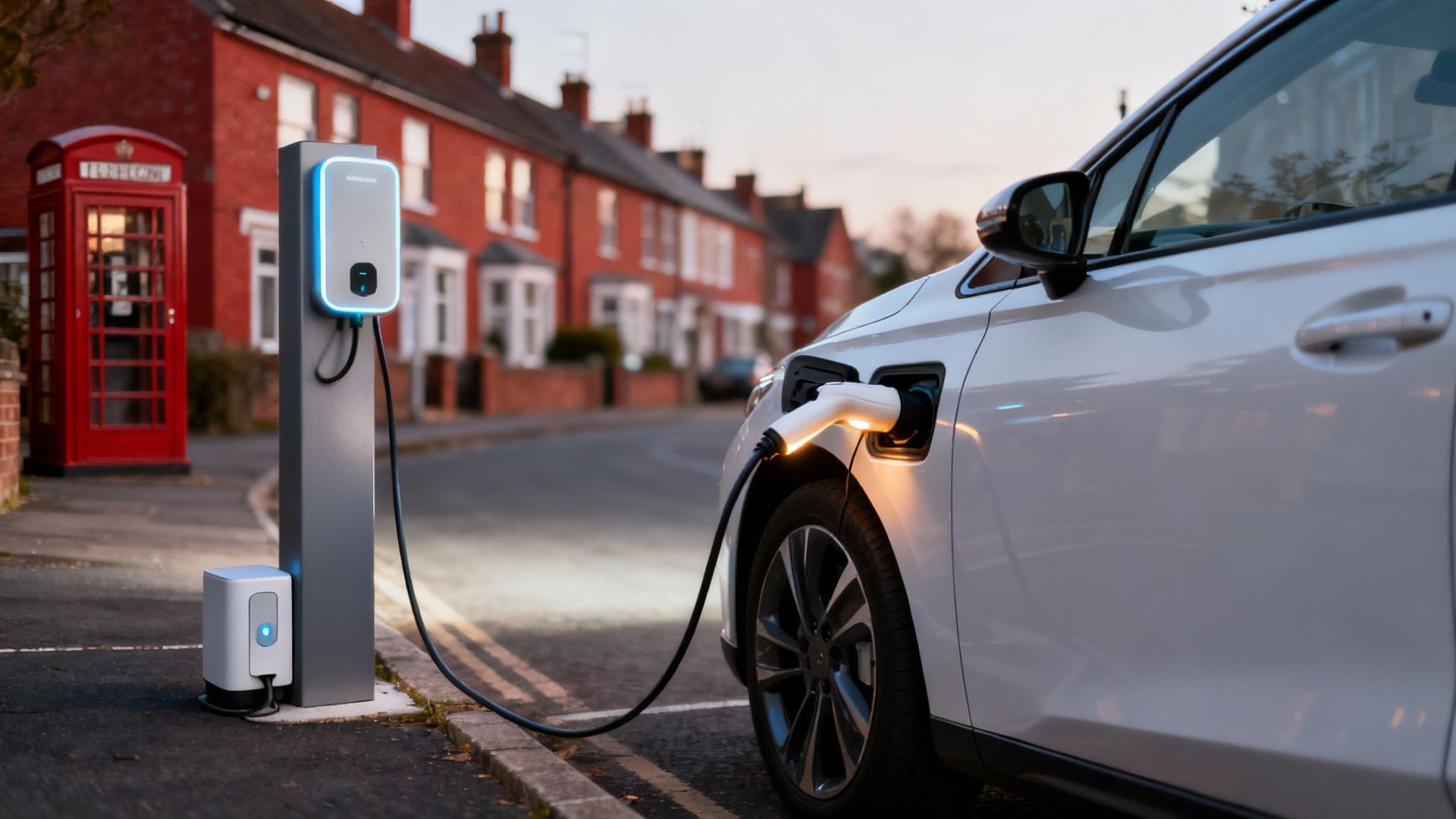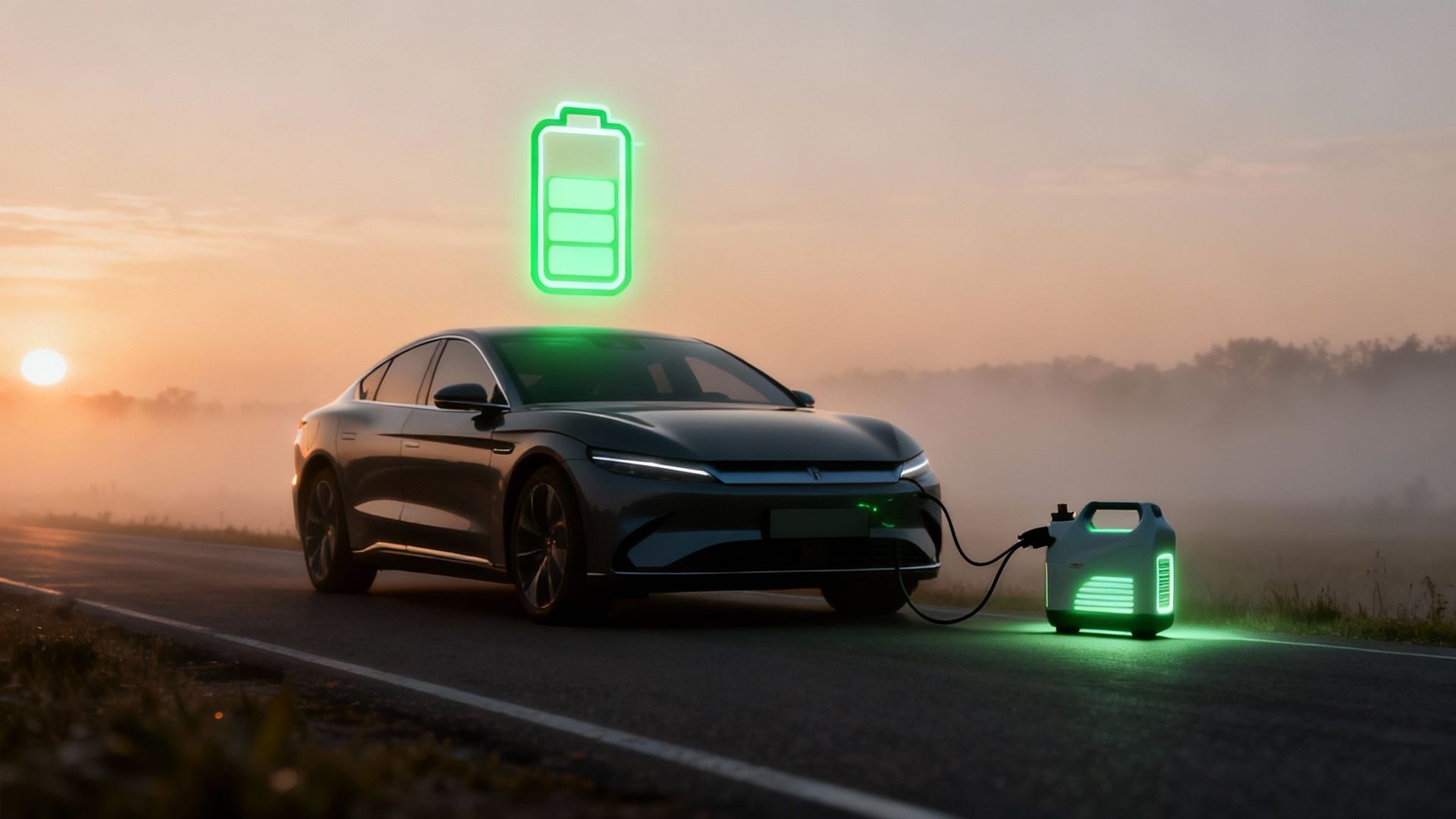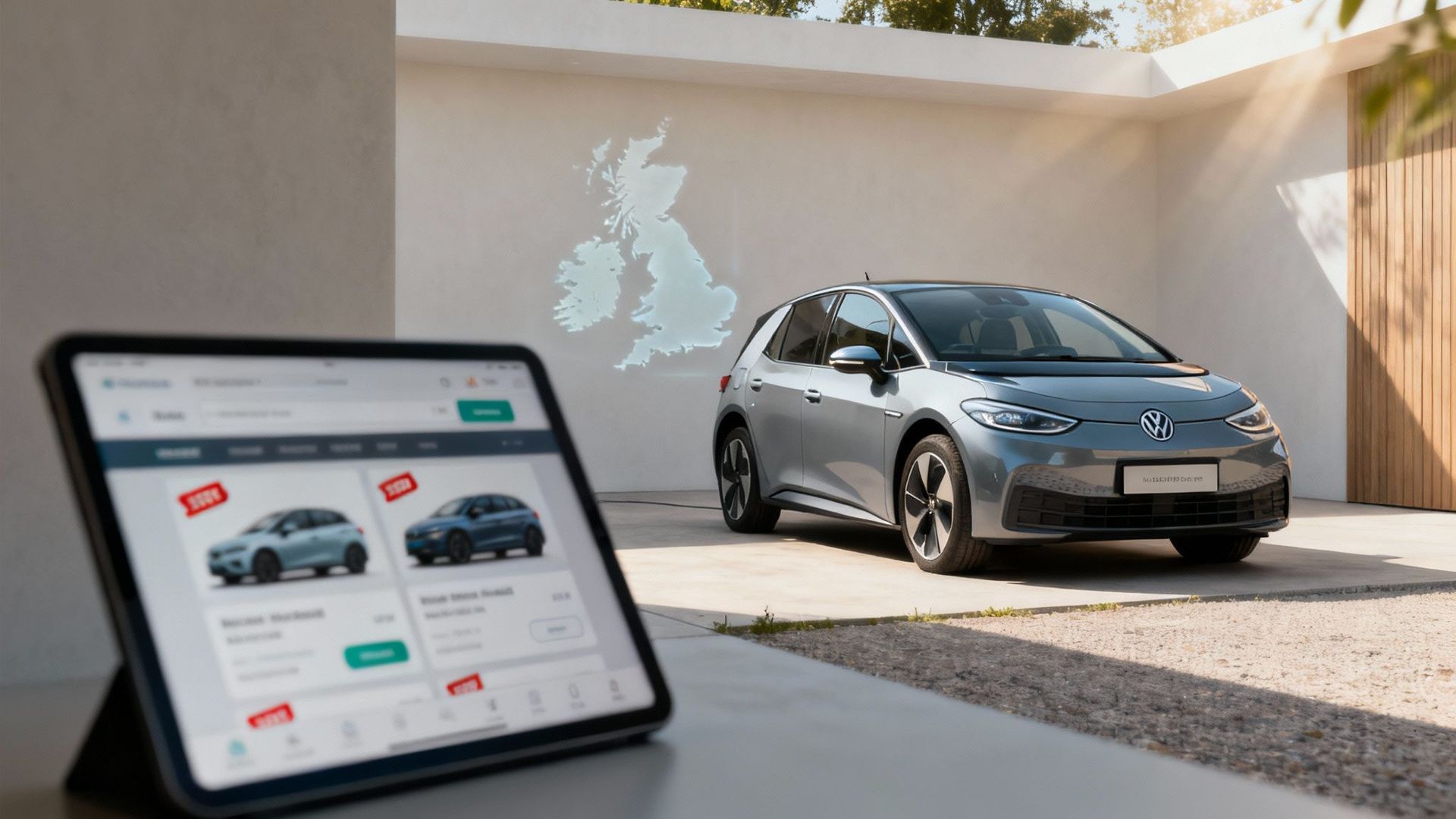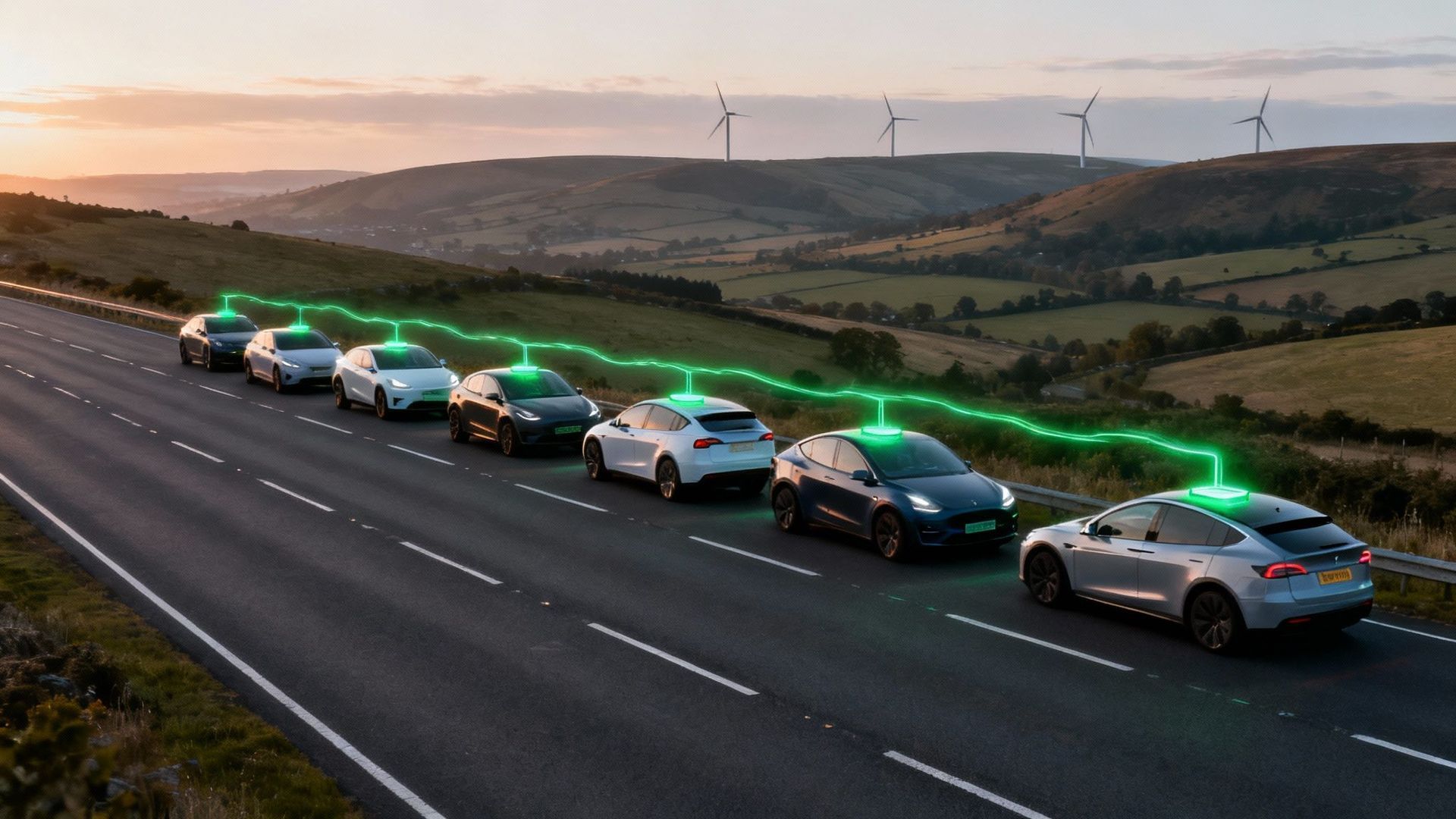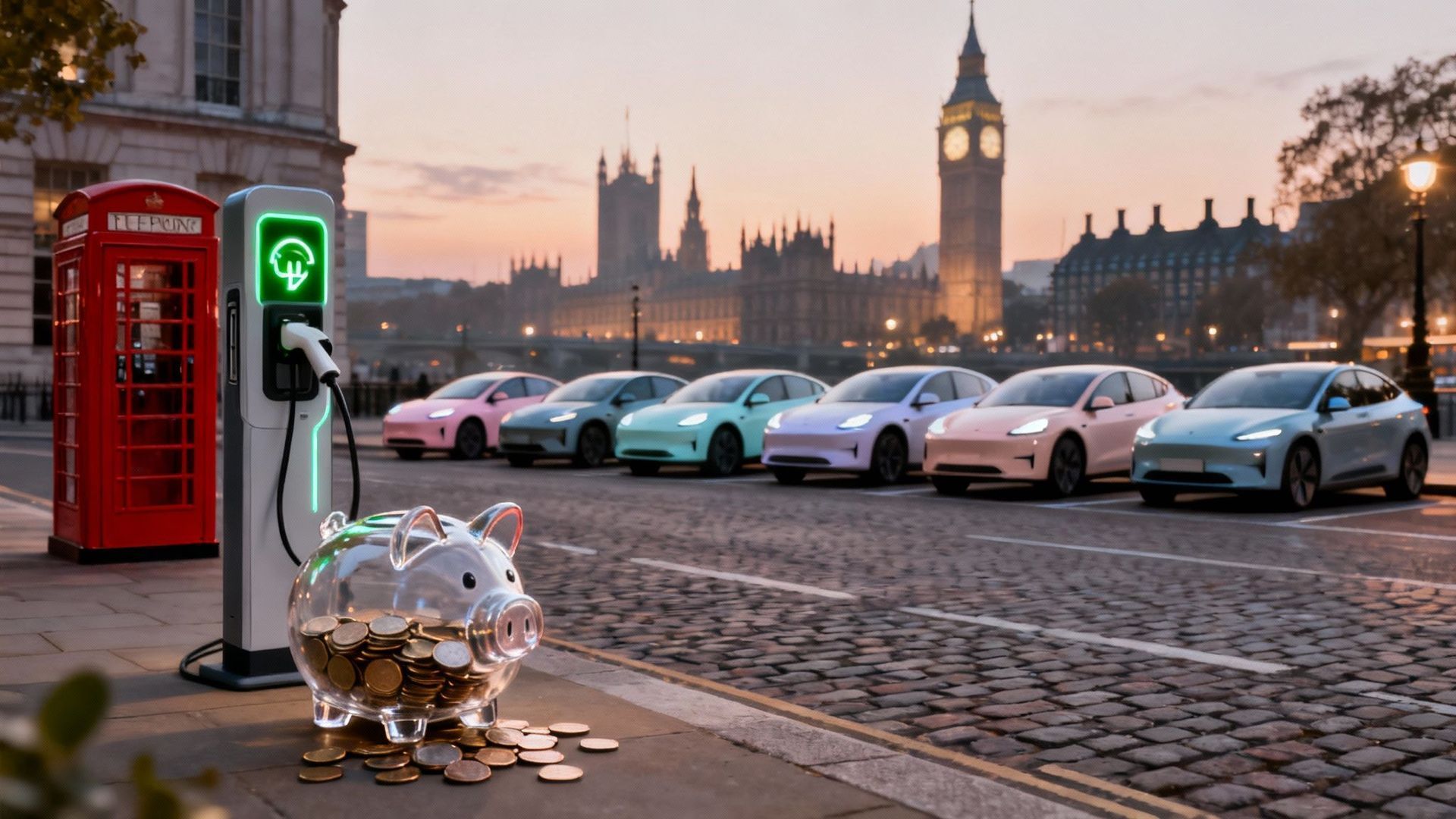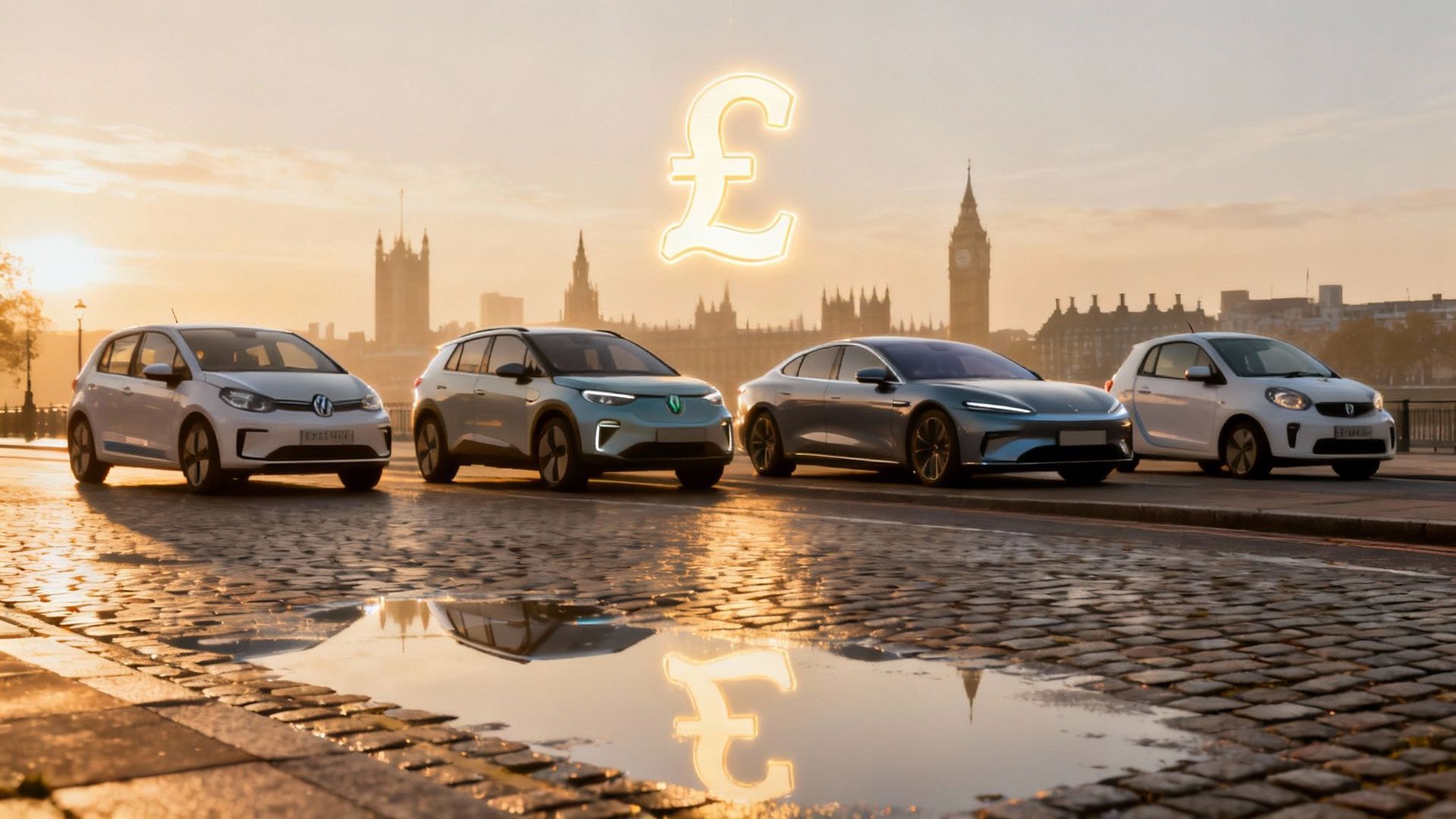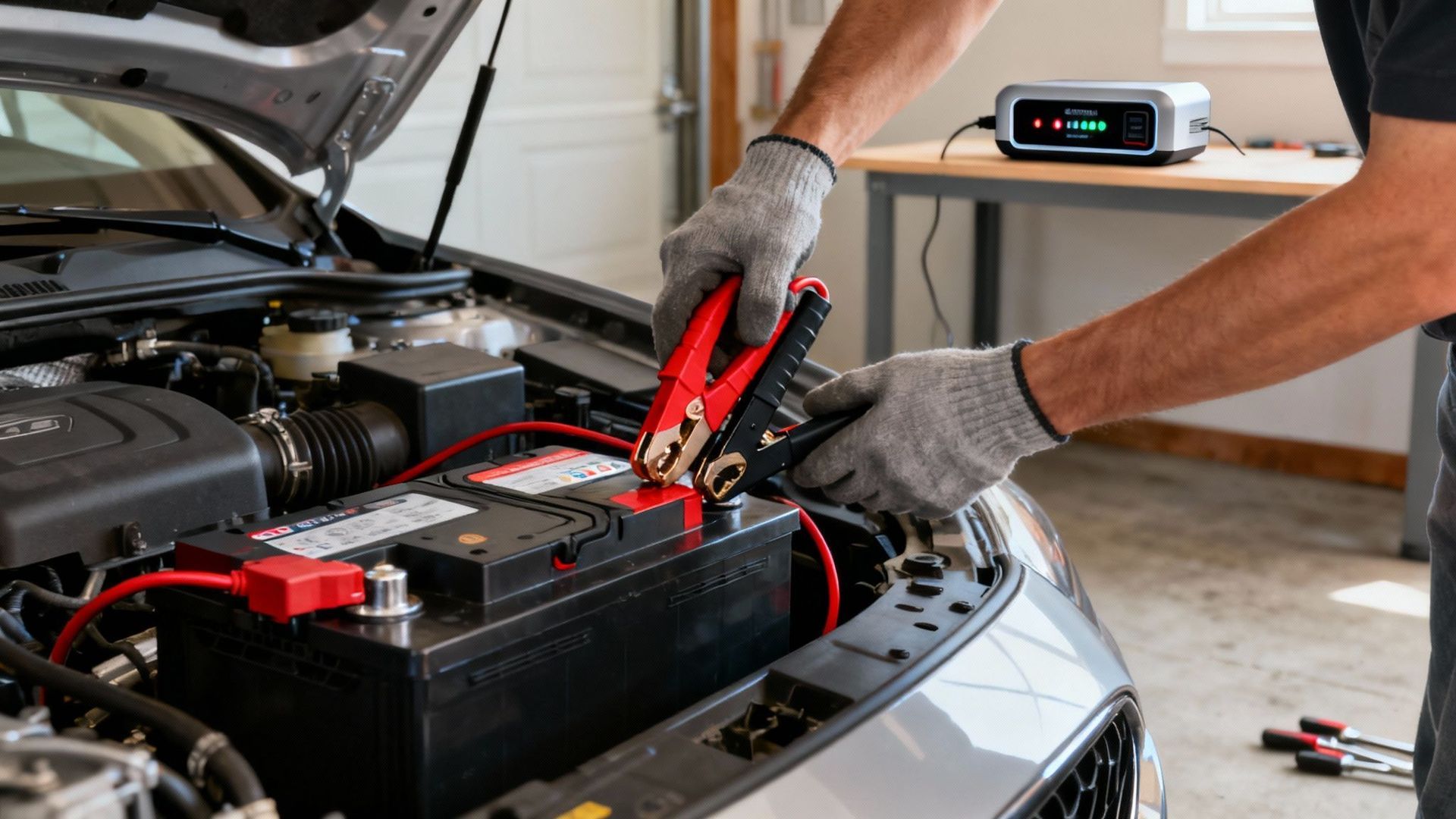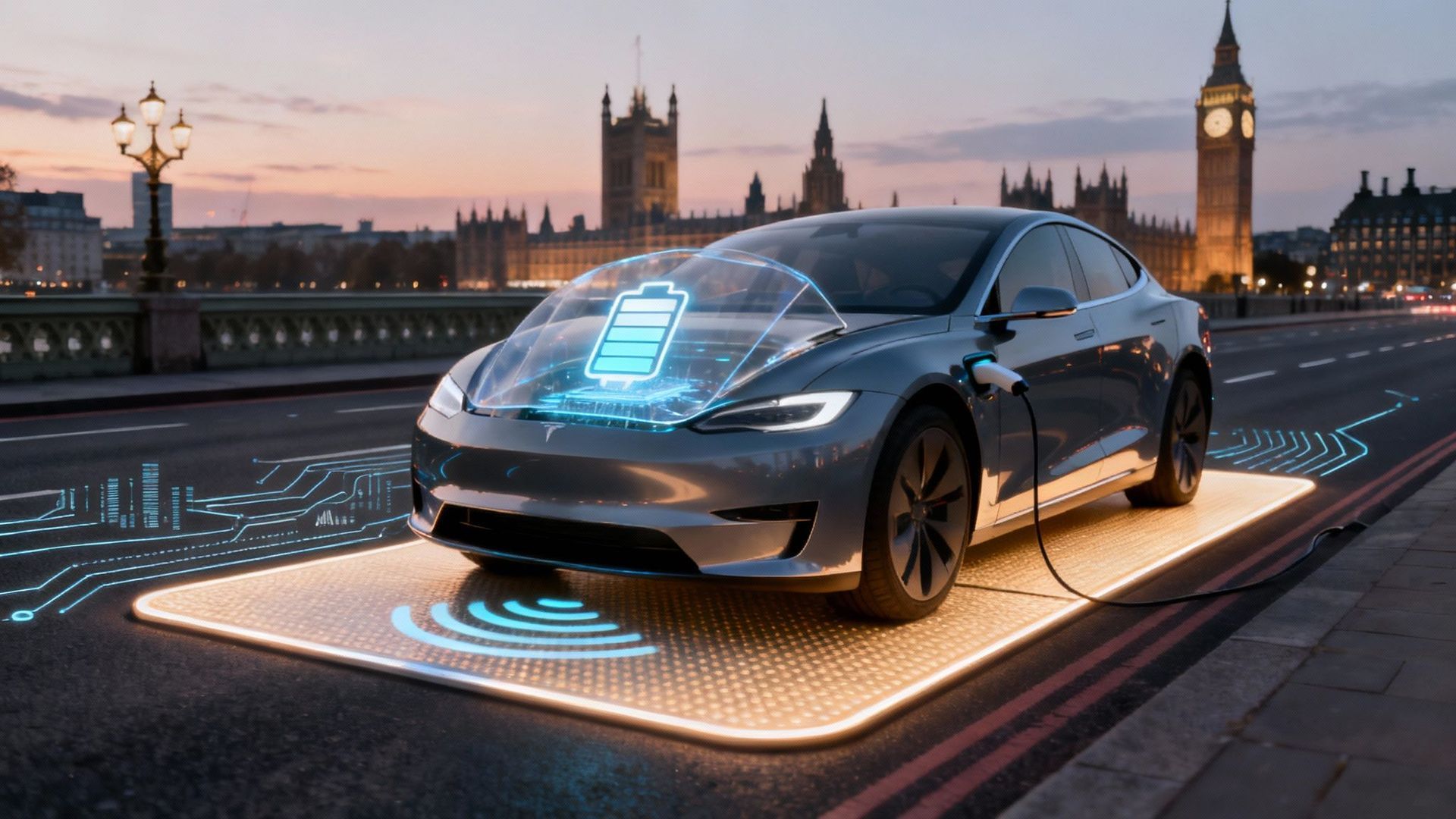How to Accurately Value an Electric Vehicle in 2025
What buyers, dealers and resellers need to know to price EVs correctly in today’s fast changing market
Accurately valuing a used electric vehicle in 2025 is no longer a guessing game. As the EV market matures, so too does the science behind pricing. But unlike petrol or diesel models, electric vehicles come with a new set of variables that make accurate valuation more complex and more important than ever.
Whether you are a buyer looking for a fair deal or a dealer looking to protect your margins, understanding how to correctly assess the value of an EV is essential.
1. Battery health is the new mileage
While traditional car buyers focus on mileage as a key indicator of wear and tear, with electric vehicles the most important asset is the battery. A well maintained battery with strong state of health (SOH) can dramatically improve the resale value, regardless of the number on the odometer.
Battery degradation is influenced by charging habits, usage cycles and even the climate the vehicle has been driven in. Tools now exist to provide reliable battery health diagnostics. If you are not using one, you are pricing blind.
2. Charging capability matters
Not all EVs are equal when it comes to charging. Fast charging compatibility is increasingly becoming a deal breaker for second hand buyers. Models with 150kW or higher charging speeds will command stronger resale prices than those limited to older, slower standards.
Dealers and platforms like VoltsMonster now include this data as standard, because informed buyers want to know not just how far a car will go but how fast they can recharge and get going again.
3. Software support and updates
Unlike combustion engine cars, electric vehicles are deeply tied to software. Buyers are paying attention to the ongoing support a vehicle receives from the manufacturer. Vehicles that are no longer receiving software updates can drop sharply in value, as they may miss out on key features, bug fixes or even safety improvements.
Valuation now requires understanding which models are still supported and which ones may be reaching the end of their digital lifecycle.
4. Model demand and supply trends
Some EVs are becoming collector favourites, while others are flooding the market. Resale value depends on desirability, supply levels and consumer perception. Tools such as Autotrader trends and used EV stock trackers can help identify which vehicles are oversupplied and which are holding value.
For example, a 2021 Kia e-Niro might outperform newer models from less trusted brands, purely due to its reliability and reputation.
5. Environmental zones and policy impact
Local legislation also plays a role. Low emission zones, Clean Air policies and company car incentives affect the appeal of certain models. An EV with a real world range of 150 miles might be fine for rural areas but significantly less attractive in cities with charging congestion. Pricing should reflect both the technical specification and the context of use.
Conclusion: Precision is power
Valuing an electric vehicle in 2025 requires a more refined toolkit than ever before. Battery diagnostics, software support, charging speed and shifting consumer preferences all play a role.
At VoltsMonster, we help buyers and sellers get the full picture because accurate valuations build trust, drive better sales and protect long term value. If you are still pricing EVs like petrol cars, you are missing the mark.

